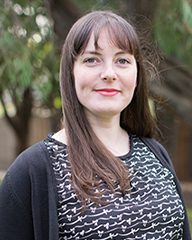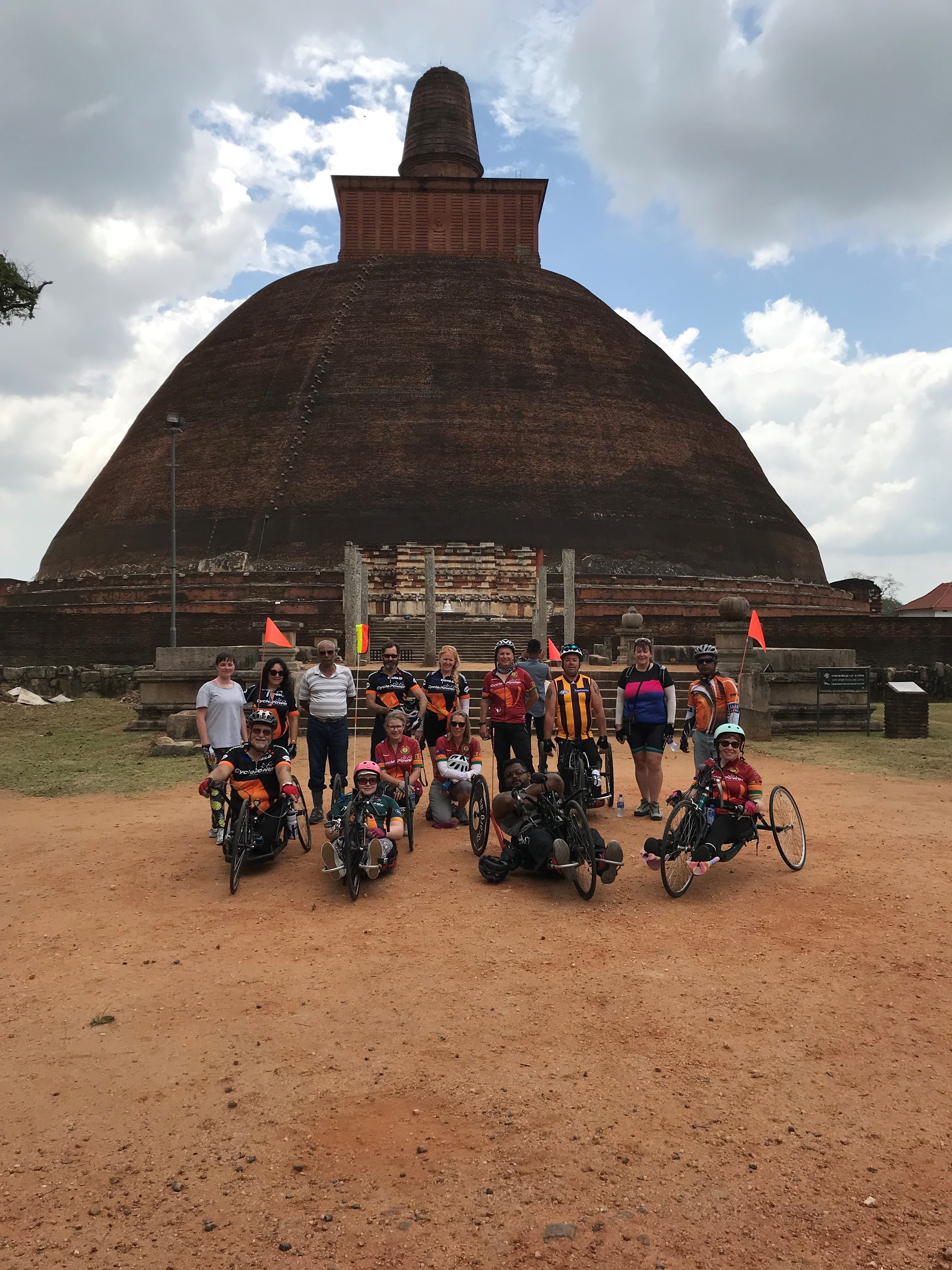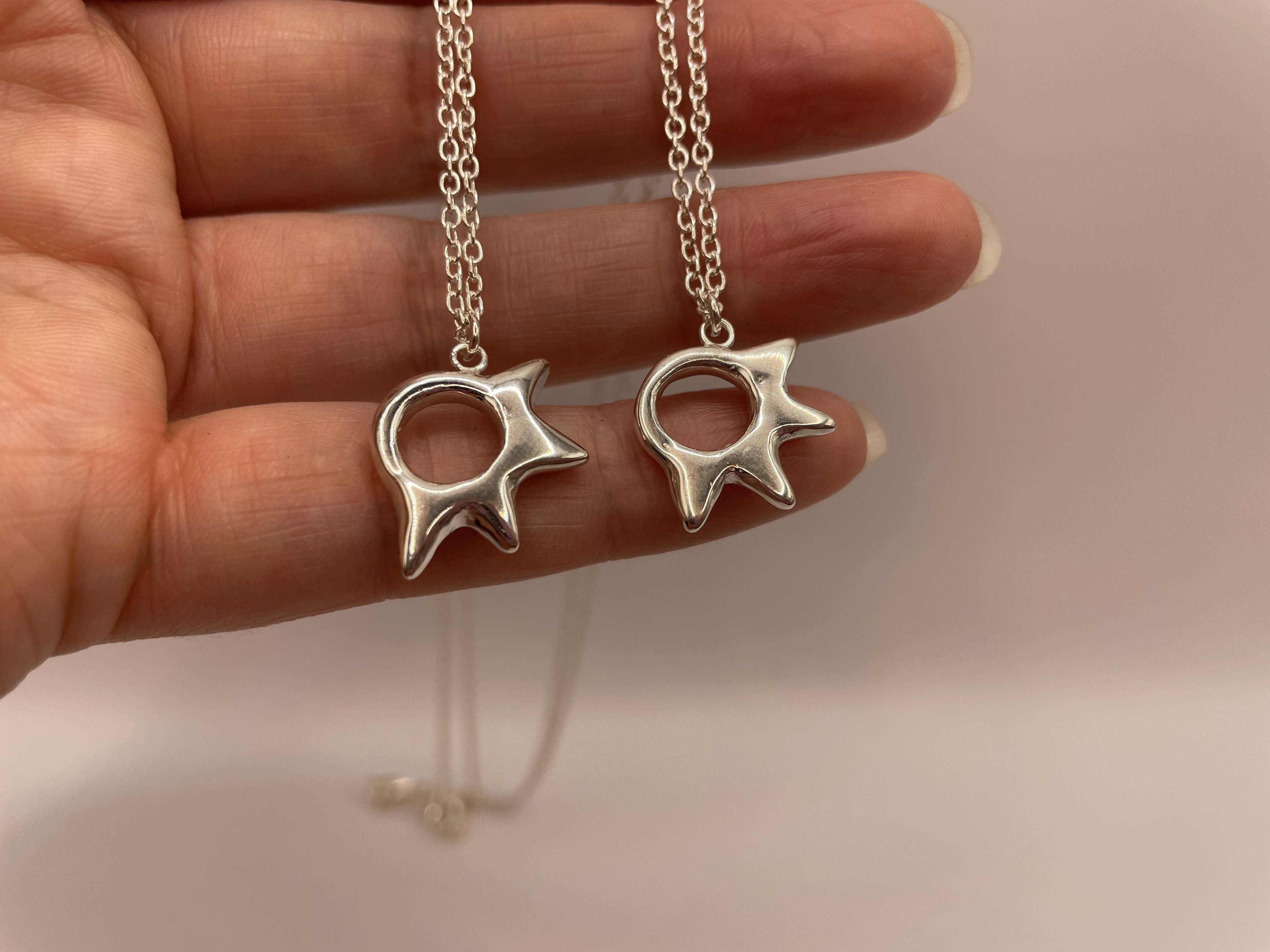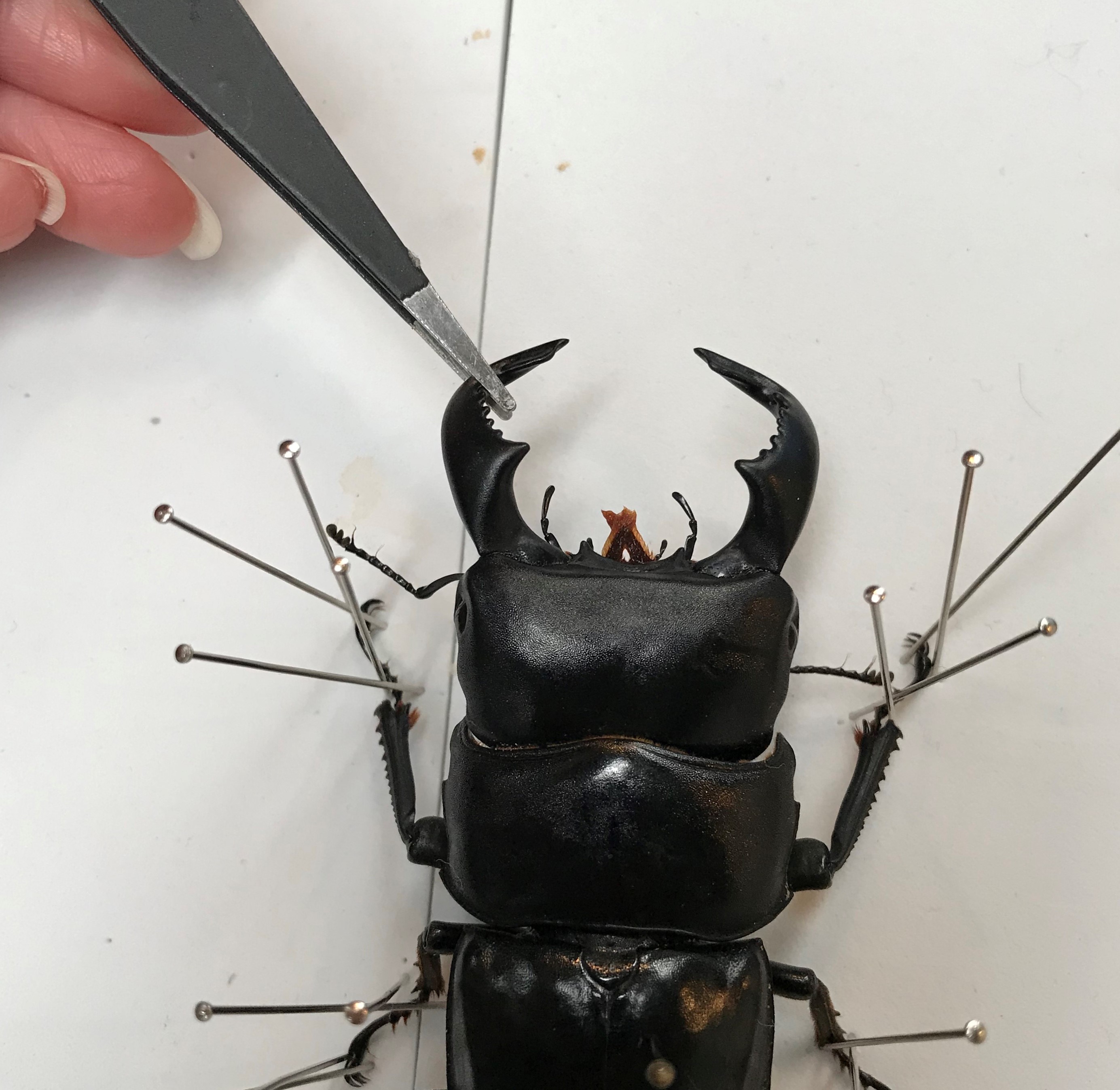Each member of our team is passionate about the role we play in making a positive impact in the community. Learn more about the people behind the passion and what makes them proud to be part of the work we do.
Introducing Melanie
I was born in Adelaide and moved to Tasmania when I was 4. I had some good opportunities in Tasmania that meant I stayed there longer than a lot of other young people do. By the time I left to live in Melbourne, some people were starting to move back with their young families. I’ve been here around 8 years now and call it ‘home’. Melbourne feels like home to me.
I studied a Master of Journalism and Media Studies and a Diploma of Fine Arts in Tasmania, which led me down some very different pathways in private, not-for-profit and government sectors. I’ve always been a very creative person. I’ve done a lot of workshops and classes to learn new skills. This has literally led me to needing a spare room to store all my half-finished creative projects in! For example, taxidermy, cross stitch, skeletal articulation, oil painting, card making and sewing bags.
Since moving to Melbourne I’ve also become a big pro wrestling fan. I could talk about that for hours. It’s a lovely combination of theatre and athleticism, characters and storylines. I’m not a fan of watching it on TV, though – it has to be live.
What is your role at the Information Access Group?
I work across 2 teams. I work in the editorial team and in the marketing team. I do a lot of different things. In marketing I
produce our newsletter each month, for example. I support the editorial team with Easy Read quality management and plain
language training.
I also worked for Information Access Group a few years ago (and came back). It was a smaller team at that time and an interesting period of growth to be involved in.
Have you noticed any changes around accessible communication over your time with the Information Access Group?
There’s definitely been a bigger shift towards accessibility and people knowing what that means and how it impacts people outside of their silo. Before I knew about accessibility, there was no reason for me to understand it because it didn’t apply to me, and I think that’s the case for a lot of people. Now it’s being talked about a lot more and people are becoming more aware.
I think accessibility is also becoming a much bigger requirement for a lot of organisations and government departments,
so it’s much more front of mind for people. Once upon a time it felt like we were trying to convince people why information and websites needed to be accessible, whereas now it’s a given and people are taking the time to consider the needs of
their audiences.
The other thing I’ve noticed is the documents we’re working on (for Easy Read conversions) are much longer and the content is more complex. It’s great – everyone should have access to all the information – but it’s also very challenging.
What do you find most rewarding about the work you do at the Information Access Group?
As I’ve gotten older and worked in different sectors and done different jobs, it’s become really important to me to work for an organisation that is doing meaningful work. And that I feel like I am doing meaningful work. I genuinely feel that we are helping to create a culture of accessibility, and empowering people in the community to have the information they need to make decisions that affect their life.
Has anyone ever told you that you have a great voice for radio?
Actually, no! But it didn’t stop me from working in community radio for a long time. I worked with Edge Radio, which is a youth community radio station in Hobart.
I hosted a radio show for 12 years. I played Tasmanian music – any genre as long as it was original and they were from Tasmania. Every week I could be interviewing anyone from a solo harp player to a heavy metal band, so it was super interesting. It was a really big part of my life for a long time.
I had a lot of different volunteer and paid roles at the station. I was the Program Manager and then the Station Manager for several years. During that time I trained and coordinated over 100 broadcasters and producers to create over 60 radio programs a week. For a few years we did big projects at the Falls Music and Arts Festival, where we’d record all the bands, get their sets approved and then re-broadcast them the next day for people who weren’t at the festival.
Community radio will always be my first love and I’m very passionate about the power of community radio to give a platform to under-represented voices. I’m not currently involved with a radio station in Melbourne, but I like to give back to the sector by being a grant assessor for the Community Broadcasting Foundation. It’s kind of cool getting to read all the grant applications and see what projects and pain points are happening in the sector around Australia.
I’ve heard you like to try new and unusual things.

For some reason I’ve always been very good at pushing myself outside my comfort zone, despite being a very anxious person. That’s led me to learn things like fire cupping and, recently, fire play, where I ended up putting fire on my tongue. Many years ago I pushed myself to do an intro to mountain biking class. I don’t know why! Someone had given me a mountain bike. It was ridiculous and I ended up stacking it and covered
in mud.
But probably the biggest experience I embarked on outside of my comfort zone was taking part in a 500 km charity ride across Sri Lanka. I’m not a cyclist by any means but I trained by taking my dinky little retro bike out for 50 km rides every weekend.
The ride itself was incredible. It was with a group of riders with and without disability, so there were several riders who were using hand cycles. The ethos of the ride is to show what people with disability are capable of, particularly in countries that see disability as something to hide and seen as less than. It was really good for them to see people with disability ride through their towns. I remember in one town people were out in the streets waiting to see us ride past.
We also got to visit a rehabilitation centre. They were already playing wheelchair basketball but some of the people on our ride played wheelchair AFL, so they taught them some new skills.
You mentioned you’re a creative person. Is it true that you are a jewellery designer?

Yes, that is one of the creative things I’ve embarked on and probably one of the ones that has stuck with me the most. I grew up around a lot of jewellery making tools as well because my dad was a watchmaker and a lot of tools get shared between those two industries.
I recently took a year out of the 9 to 5 corporate world to study a Diploma of Jewellery and Object Design at Melbourne Polytechnic. I graduated from that mid last year before I came back and started working for the Information Access Group.
Can you tell us about an especially memorable travel experience?
The last big trip I went on was to Indonesia, to experience their death rituals and how they approach death in their culture. I was working at a taxidermy studio and my boss there had been doing a lot of research into the festival. She asked if I wanted to go and I said yes, that sounds incredible, let’s just do it.
There’s a very small area called Toraja, on the island of Sulawesi, where they celebrate the Ma'nene festival, which happens around the end of August. It’s this huge celebration where they take their dead family members out of their coffins, dust off the skeletons, put new clothes on them and take family photos. It sounds weird but it’s very celebratory – really celebrating ancestors. It was incredible to witness.
They treat death and funerals as their biggest celebrations. I think in Western culture, for many people, it’s weddings. Whereas in Toraja they put all their money into funerals. It’s a celebration several days long. It literally looks like a festival. They set up all these sections where different people sit and there’s slaughtering of buffalos. The more buffalos you have and the more money you put into everything, the better it is for sending that person off into the next world. It’s huge.
It was very special, very eye-opening. It has made me completely rethink how we approach death in parts of Western society, which can be very grim and depressing. We all wear black, we’re all supposed to cry and mourn for one day and that’s it. Whereas there are so many other cultures where we’re celebrating someone’s life. It’s a very different approach, which I appreciate.
What did you want to be when you grew up?

I probably wanted to be a lot of things, but I clearly remember wanting to be an entomologist at one point, which is the study of insects. I have a memory of my dad taking a cocoon or empty insect shell of some sort to the museum on his lunch break so someone could identify it for me.
I got to live out my entomology dreams when I did a butterfly preservation and pinning workshop. I also ended up co-authoring a book about insect preservation a few years ago, which involved learning and testing different techniques for butterflies and beetles.


